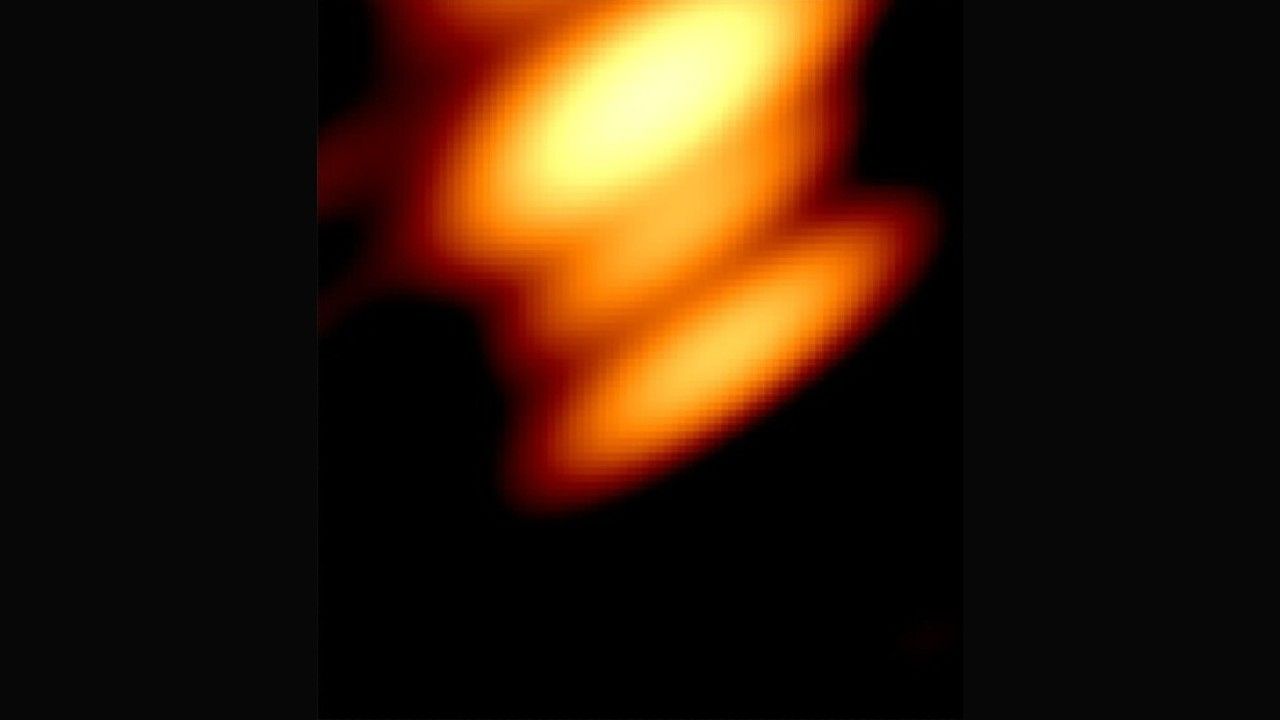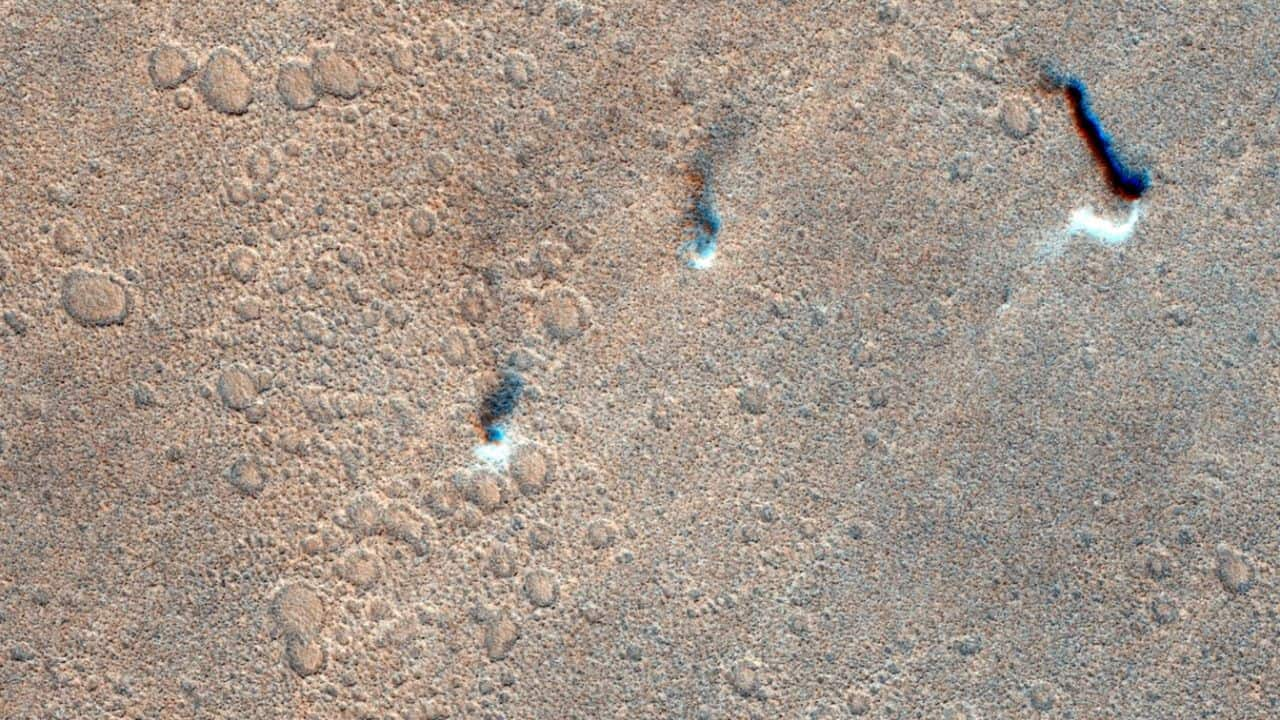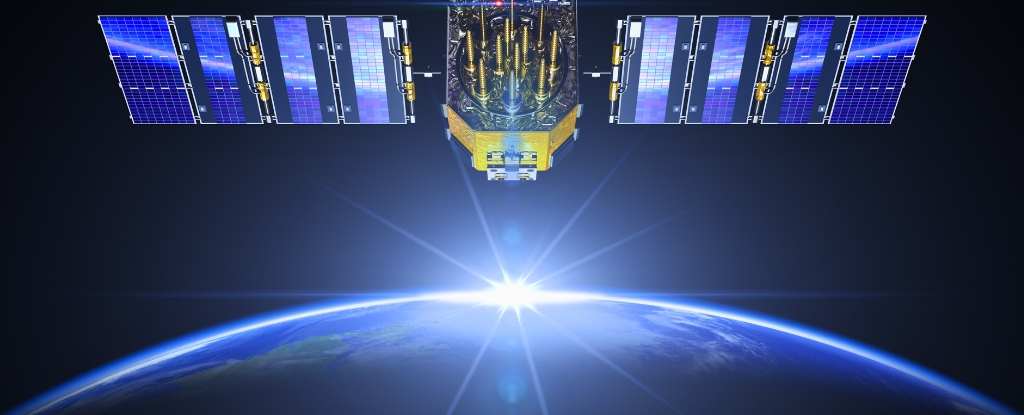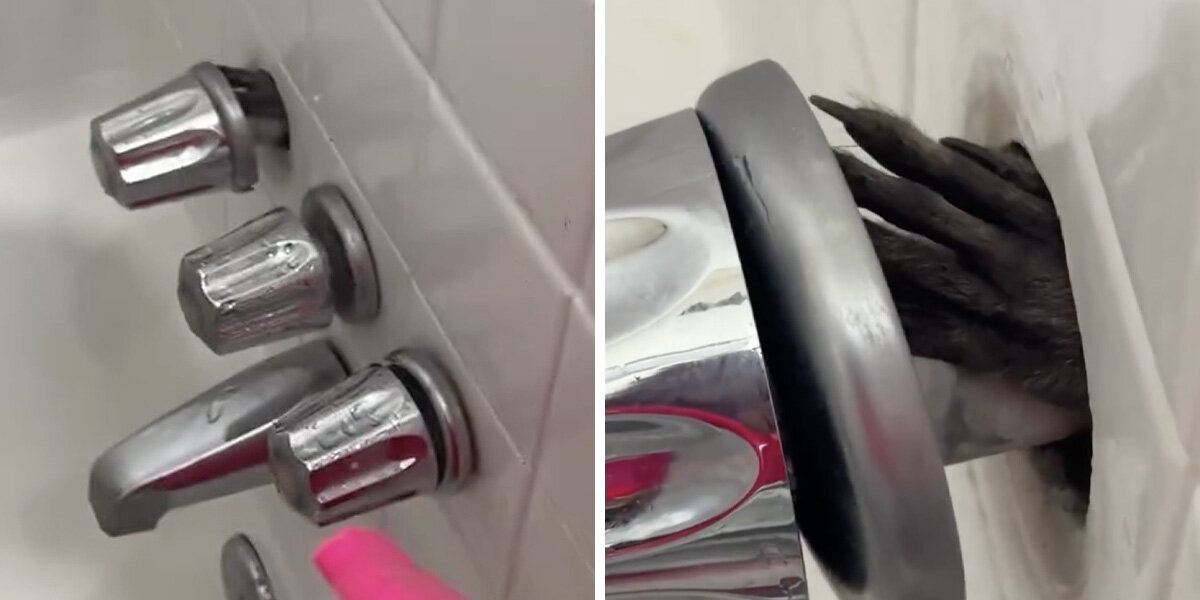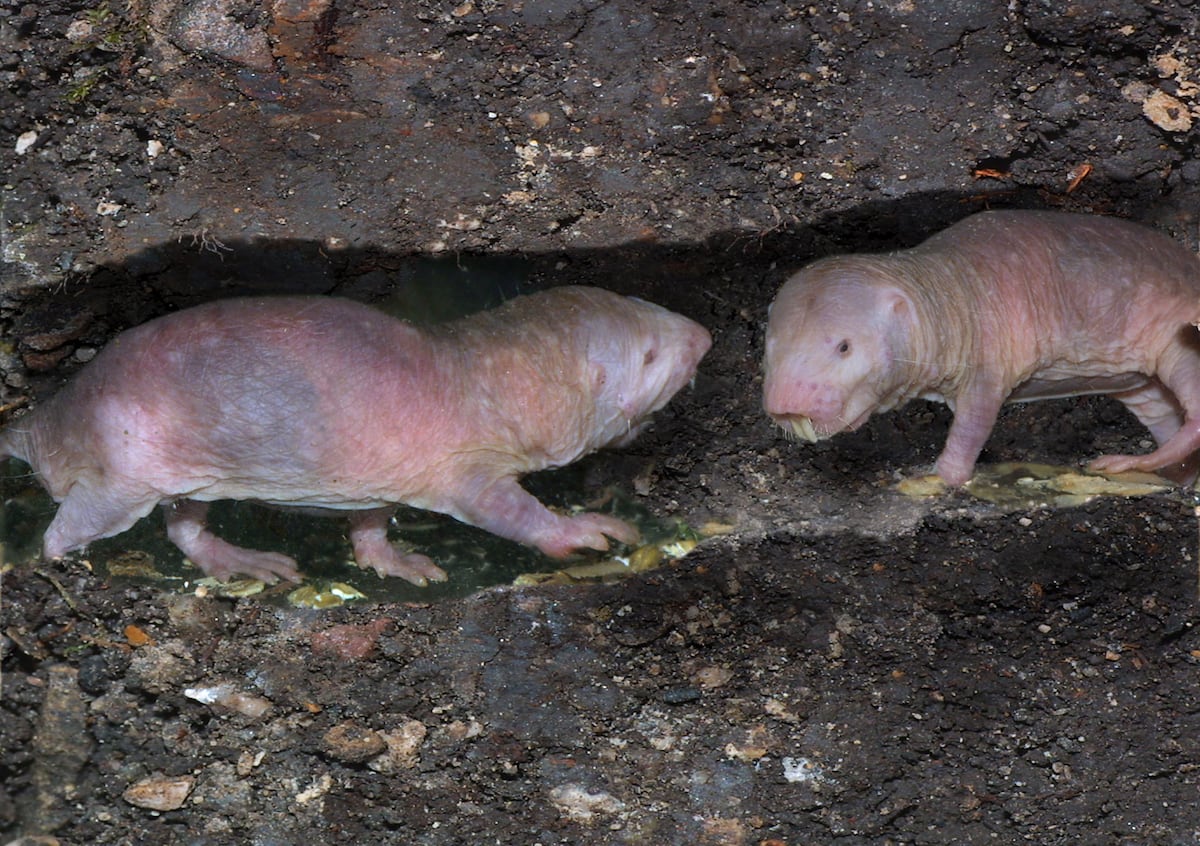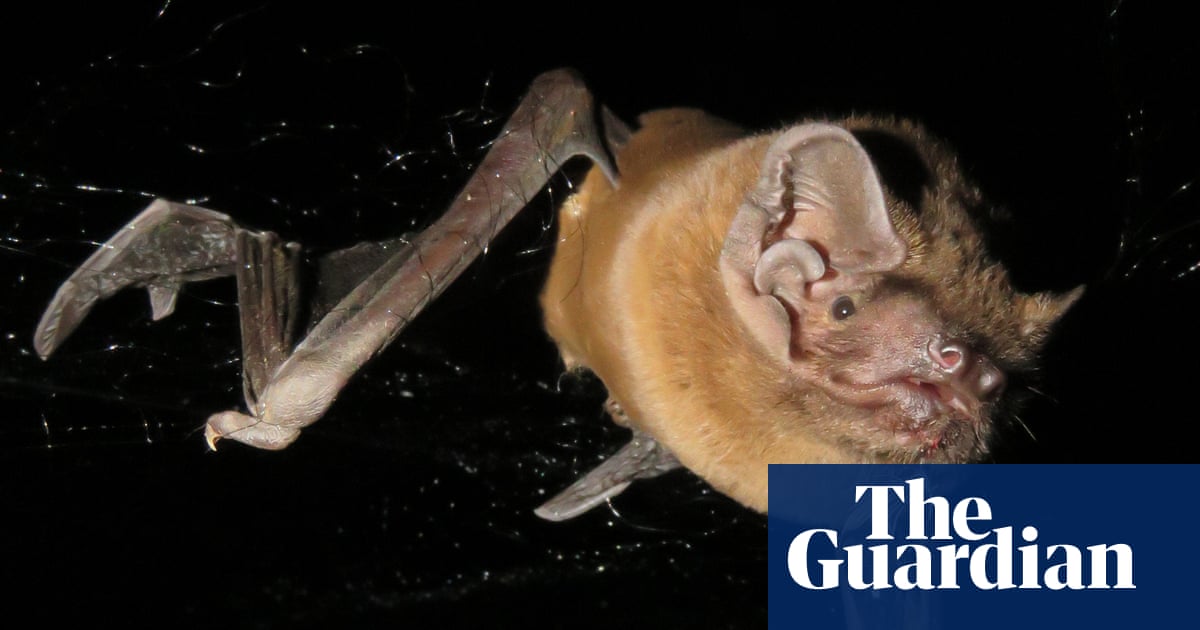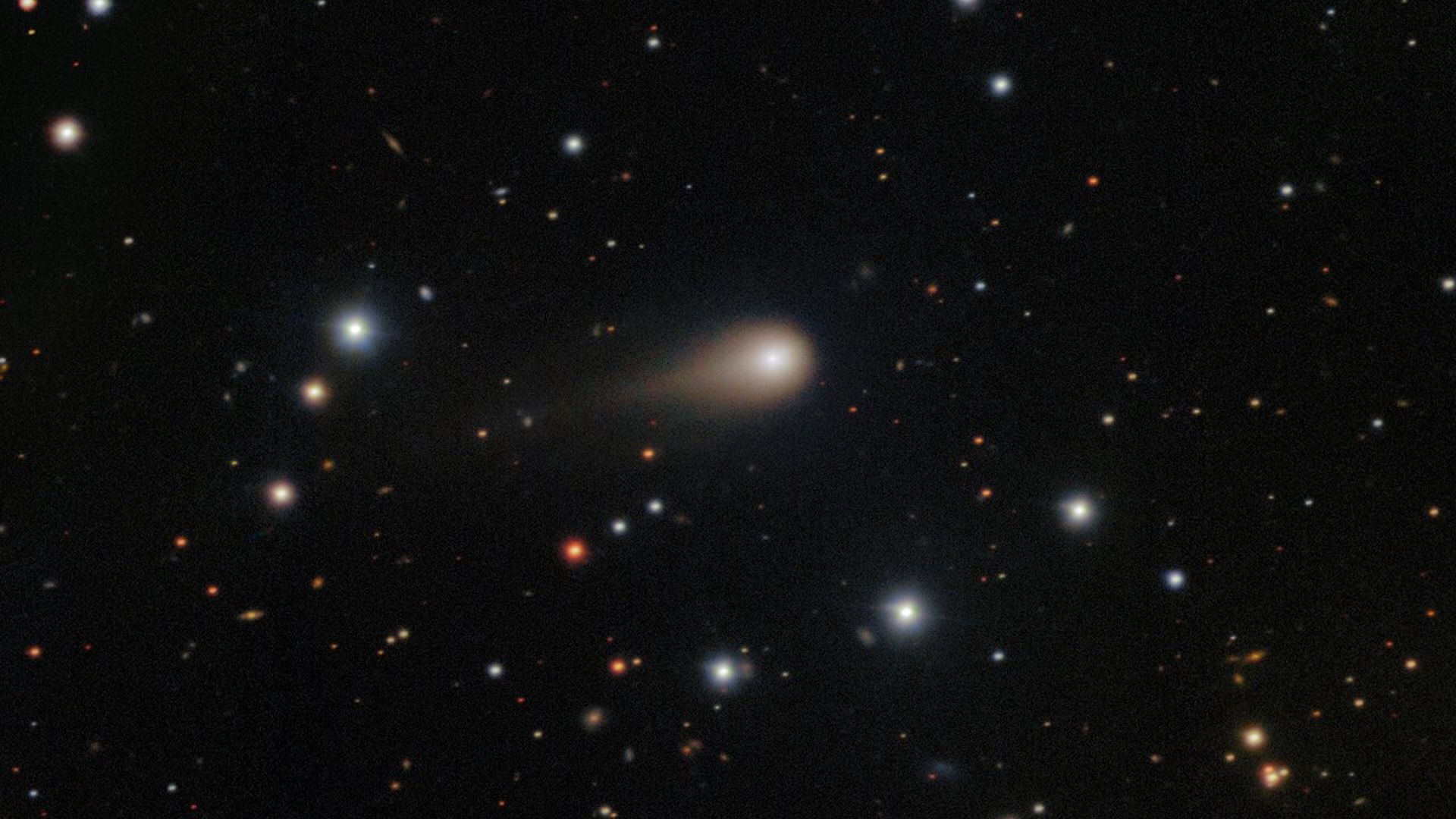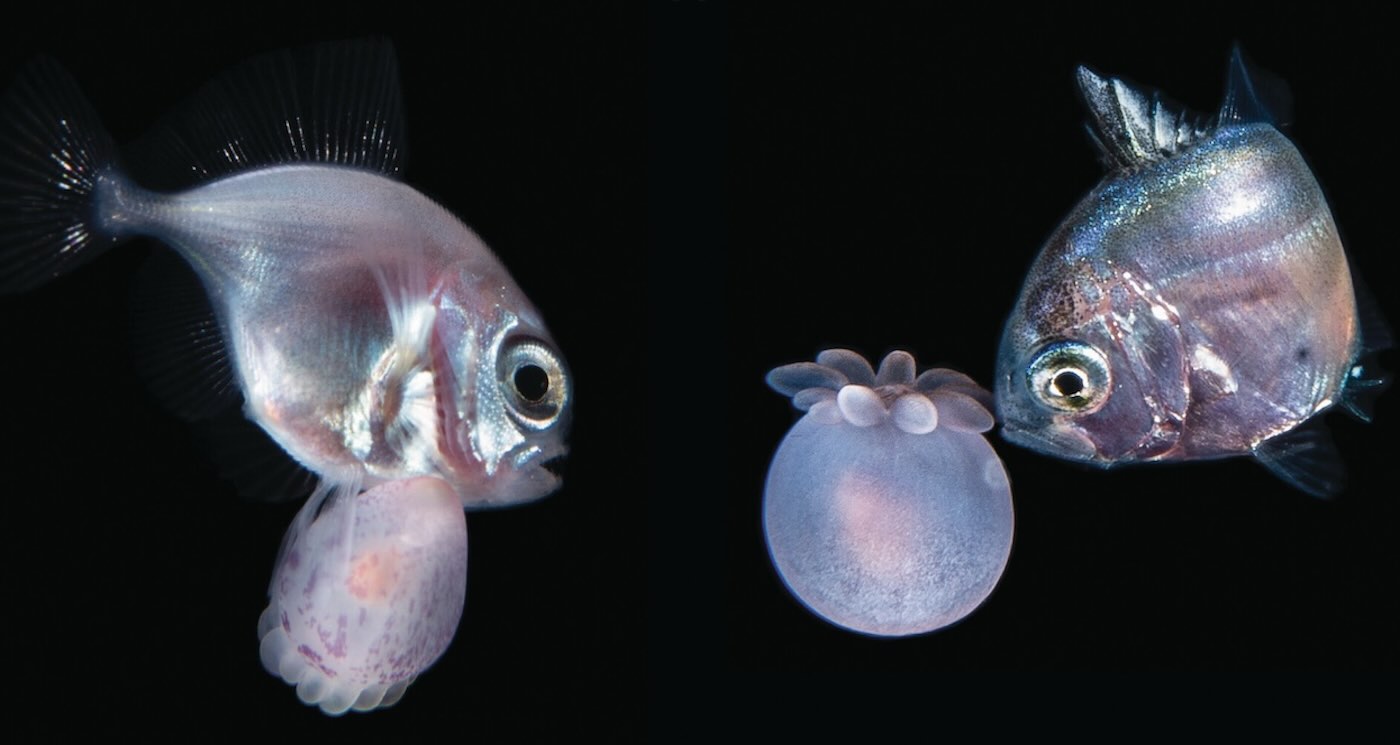Shocking Discovery: Methane Seeps in Antarctica Could Supercharge Global Warming!
Did you know that massive amounts of methane, a potent greenhouse gas, are bubbling up from the Antarctic seabed? Scientists have made a jaw-dropping revelation: the planet's frozen continent is experiencing methane leaks at an alarming rate, suggesting our worst fears about climate change may be even more severe than we thought.
This methane, which has been trapped for eons beneath the ocean floor, is escaping through cracks formed as the ice melts and the region warms. Imagine these invisible bubbles making their way to the surface, contributing to climate change at an alarming rate. This is more than just a scientific curiosity; it’s a potential ticking time bomb for our planet.
Until recently, we knew surprisingly little about these underwater methane seeps—how they work, how much gas escapes, and how much is consumed by ocean-dwelling microbes. What we do know is alarming: methane traps heat in the atmosphere about 80 times more effectively than carbon dioxide in its first two decades. This means that if we don’t understand these seeps, we might be drastically underestimating future warming.
In a groundbreaking study published in Nature Communications, international scientists set sail for the Ross Sea, a vital part of Antarctica's Southern Ocean, using advanced acoustic surveys, remote-operated vehicles, and divers to investigate depths ranging from 16 to 790 feet. What they uncovered was astonishing: over 40 previously unknown methane seeps.
Sarah Seabrook, a marine scientist and one of the study's authors, expressed her astonishment: “Something that was thought to be rare is now seemingly becoming widespread.” Many of these seeps were located in areas that had been previously studied, suggesting a potential shift in methane emissions that could have dire implications.
With each new seep uncovered, excitement quickly morphed into anxiety. These seeps could rapidly channel methane into the atmosphere, fueling climate change in ways we haven’t accounted for in our models. Plus, the potential impacts on marine life from these escaping gases remain a mystery yet to be understood.
Researchers are scrambling to determine the cause of these seeps, pondering if they might be linked to climate change effects. In the Arctic, similar underground methane releases have been tied to warming temperatures and shifting sea levels, creating a dangerous feedback loop: more methane leads to more warming, which leads to even more methane.
As scientists prepare for another expedition to Antarctica to delve deeper into this phenomenon, Andrew Thurber, a marine biology professor at UC Santa Barbara, cautions, “Methane is a real unknown. It’s going up in the atmosphere, and we don’t know why.” He emphasizes the urgent need to understand these methane reservoirs, as they could rapidly escalate from a scientific interest to a global crisis. “They are like a dangerous animal,” he warns. “Amazing to study, but one must be very aware of what they can do if provoked or underestimated.”










